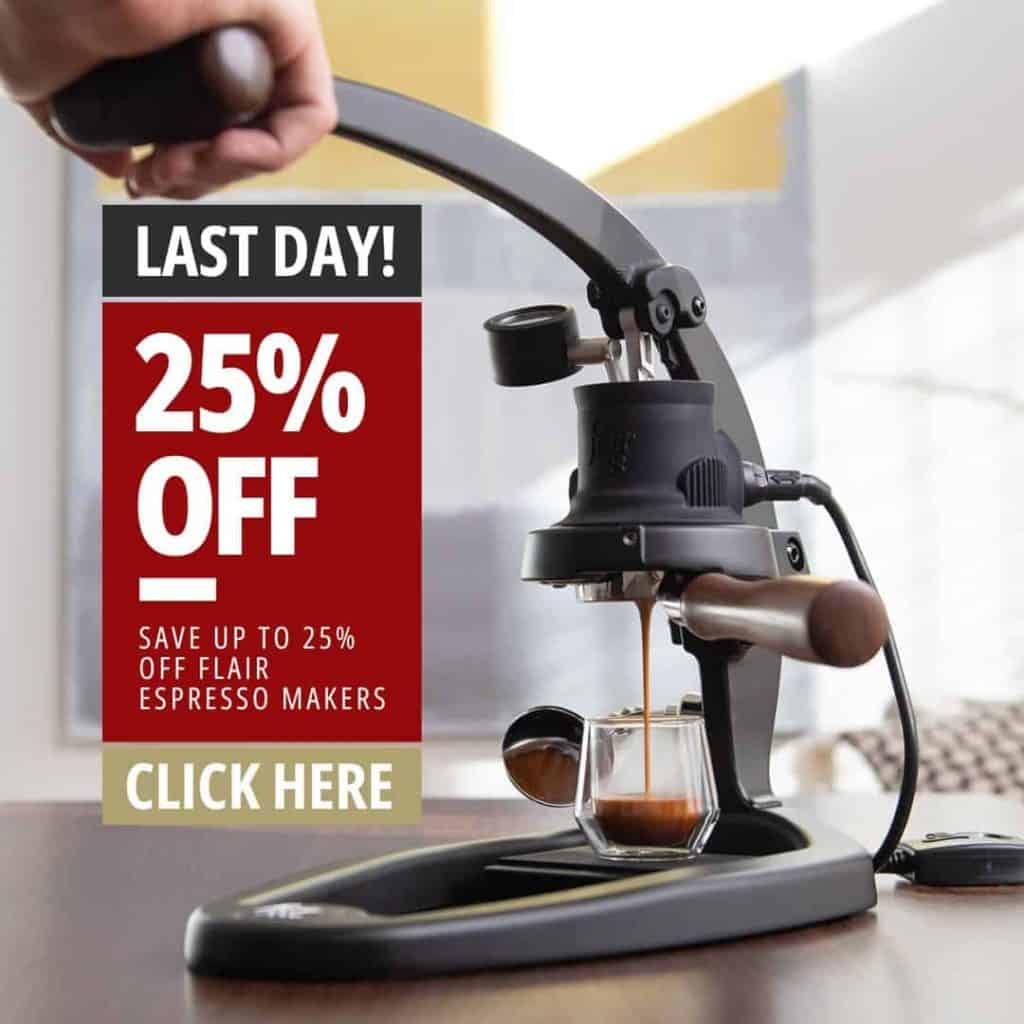Espresso University: Guide to Coffee Grinders for Espresso
What grinder should I get for my espresso setup? How does the relationship work between the grinder and its burr set? Should I get a flat burr grinder or conical? In such a fast-growing industry with continuous innovation in technology and so many emerging options, it can be overwhelming to select the right coffee grinder. With this article, we want to help you think through these questions, so that you can make a thoughtful and informed decision that will take your espresso brewing to the next level.
Let’s start by reviewing and discussing a few of the different options on the market for coffee grinders at different budget levels, and looking at their differences.
Normcore Grinder - $90
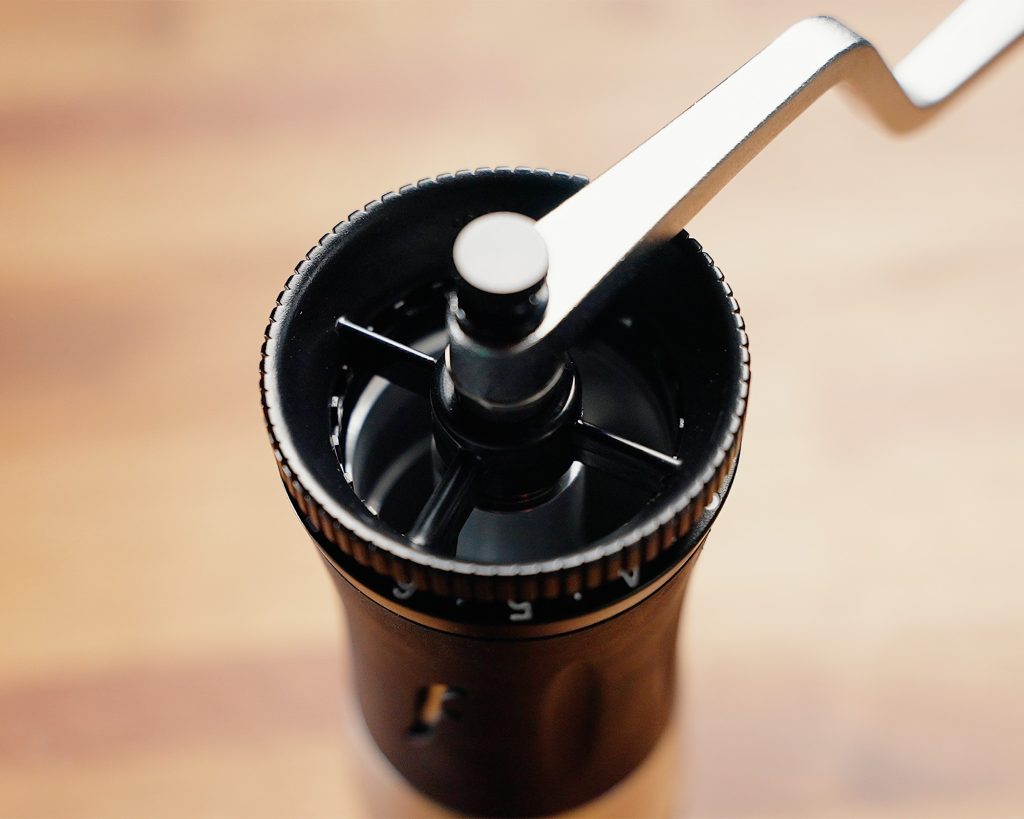
Flair Royal - $159
The Flair Royal is an all metal grinder with a bigger burr geometry. The burrs are 45mm Etzinger burrs. It has a ring to be able to make smaller stepped adjustments, which is so helpful when it comes to dialing in espresso. Being able to adjust your grind in small increments is absolutely critical when grinding for espresso. This is because espresso is so finnicky, and every little adjustment can make big changes in the espresso that you end up with. The Royal is great for that, and one of the unique benefits that it has over others, is the grinds catch cup has the same diameter as the Flair PRO 2 portafilter. This will be a huge benefit if you are a PRO 2 owner or are considering buying a Flair PRO 2 espresso maker.
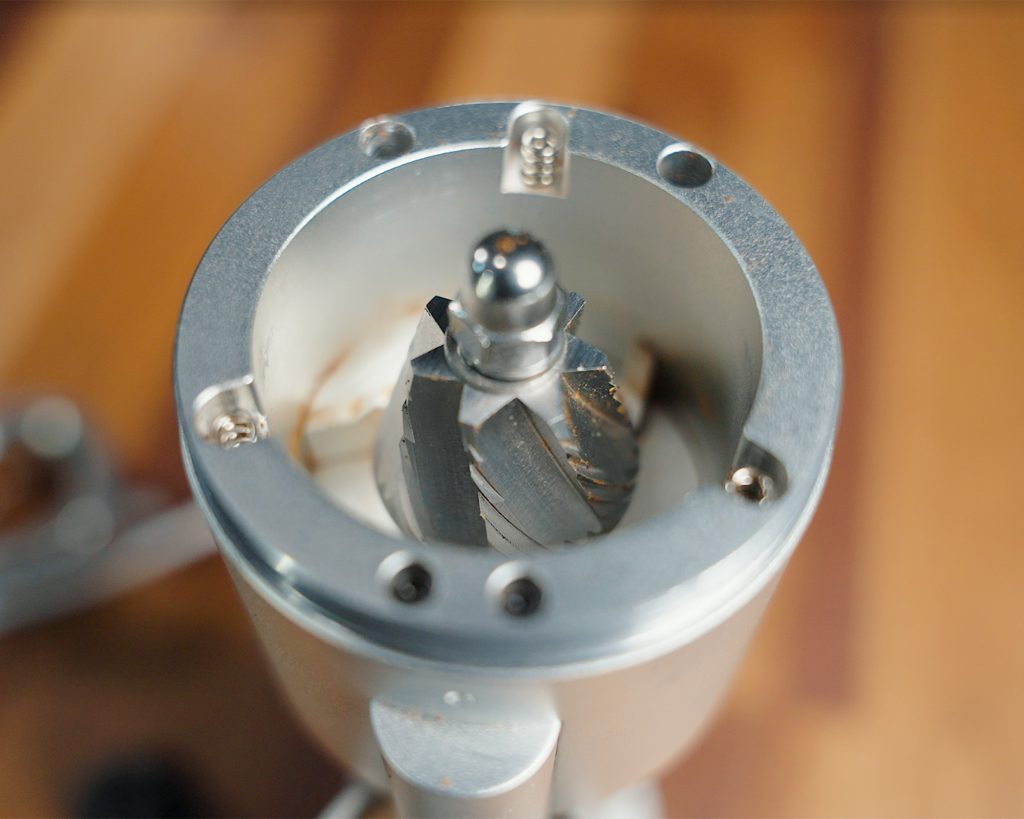
Option-O Lagom Mini - $374
DF64 - $445
Niche Zero - $525
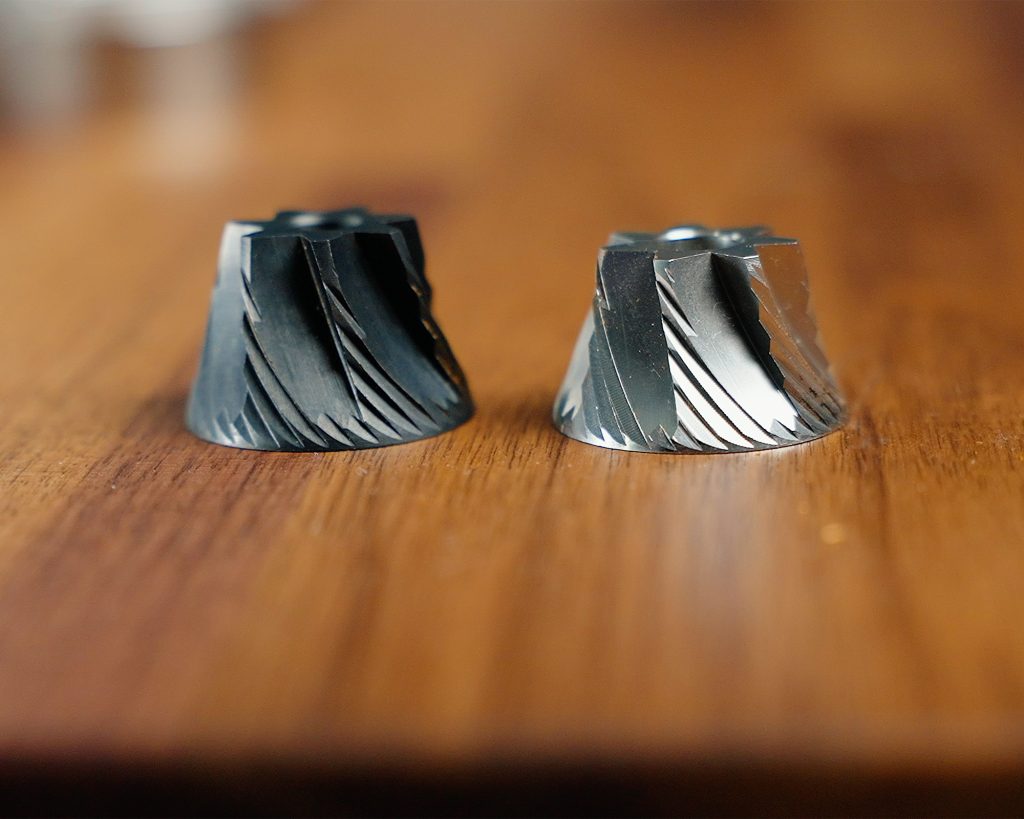
Should You Choose a Flat or Conical Burr for Your Home Espresso Grinder?
How Does Portafilter Size Affect the Home Espresso Grinder You Should Buy?
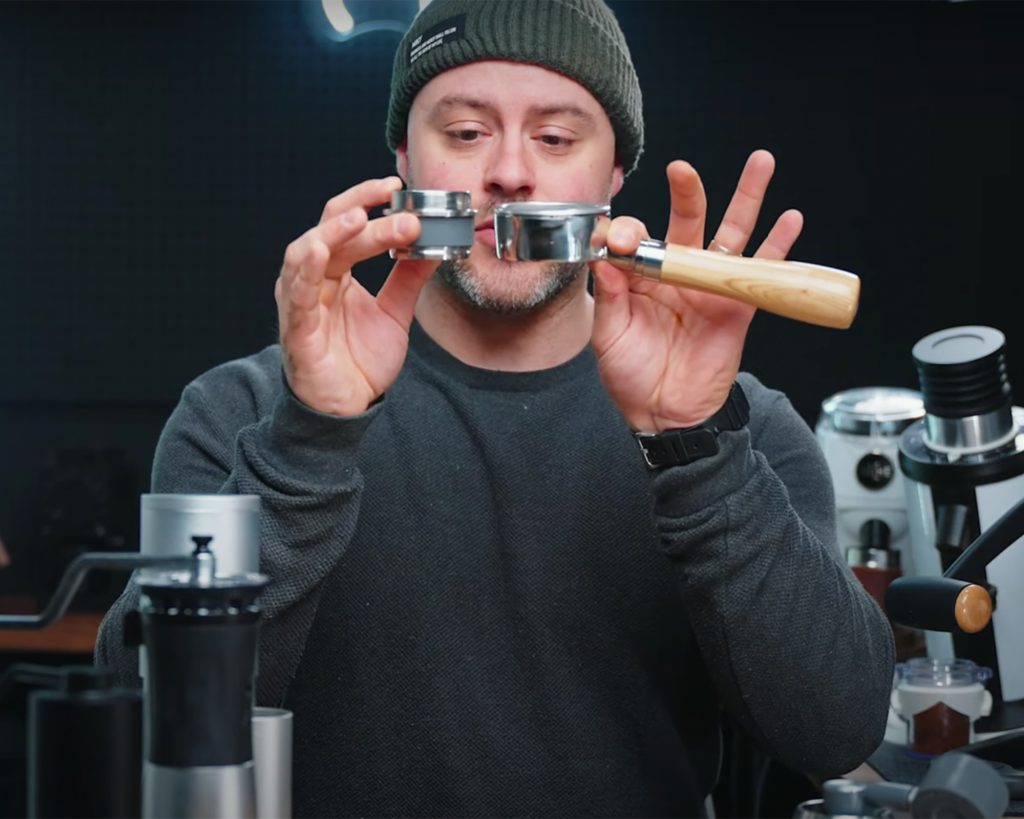
Portafilter Baskets and Coffee Bed Depth Affect Espresso Grind Size
A 46mm portafilter basket is very capable of pulling delicious shots of espresso. In many instances, it can pull shots that are just as tasty as a bigger, 58mm basket could. What you need to understand is that different basket sizes will produce different styles of espresso.
To explain this, consider the 46mm basket of the Flair PRO2. It can hold doses of 16-18g, even though its walls are closer together with a lesser diameter than the 58mm portafilter of the Flair 58, which also holds 18 grams. The reason they can still hold the same amount of coffee, is because the two different baskets have different depths. The 46mm basket is considerably deeper than the 58mm basket, and this is a very important factor in considering how they will extract coffees differently. The 46mm basket will have a smaller surface area where the water will initially contact the coffee, but the water will have a further distance to travel through the coffee grounds. In comparison, the 58mm basket will enable a larger surface area, but a much shorter distance for the water to travel through the coffee. For this reason, you will often have to grind slightly coarser for the 46mm basket with more depth, and finer for the 58mm basket with less depth.
Picking the Right Style of Coffee Grinder for Your Espresso Setup
How does this apply to the grinder that you select? Well, when it comes to espresso you will have to get a grinder that can grind fine enough and uniform enough for the size of your basket. Most of the grinders we have discussed so far in this article are capable of doing that. However, for something like the Normcore grinder, at those very fine settings each stepped click in grind adjustment is just too large to make the small adjustment that you need. What we would recommend if you want to use the Normcore (or another cheaper entry-level grinder) is an espresso maker like the Flair NEO. The NEO has a flow-control portafilter basket, meaning that it will create the resistance required to brew espresso for you, even if your grinder is unable to do this consistently.
For the Flair 58 or any other machine with a standard 58mm portafilter basket, you will need a grinder that is able to create that consistent resistance in the coffee grounds so that it can build even pressure. The grinder must be able to make very small micro adjustments. The DF64 and Niche Zero grinders discussed earlier are examples of great grinders that meet these requirements.
Remember though, that smaller portafilters are not inferior. One of the benefits of going with a smaller basket size is reduced channeling. A 58mm basket, with its lesser bed depth, creates more opportunities for this as the water has less distance to travel through the coffee and more tendency to take the path of least resistance. With a smaller puck diameter and more depth, because the water has more distance to travel through the coffee grounds, it is more resistant to channeling. If you seek to achieve a similar bed depth in the 46mm and 58mm baskets, you can use very similar grind sizes and profiles between the two. You may want to try this because you enjoy the texture or clarity of a particular brewing profile, or because you just want to play around with your extraction and find what you like best.



